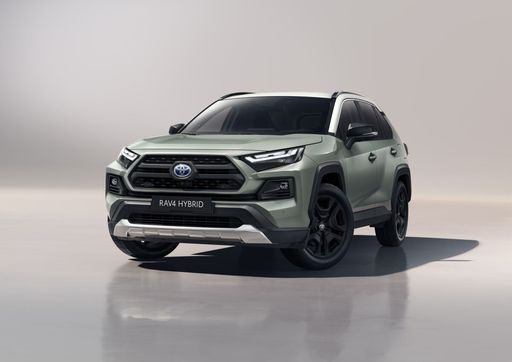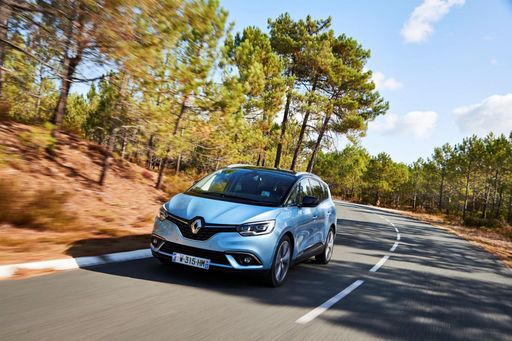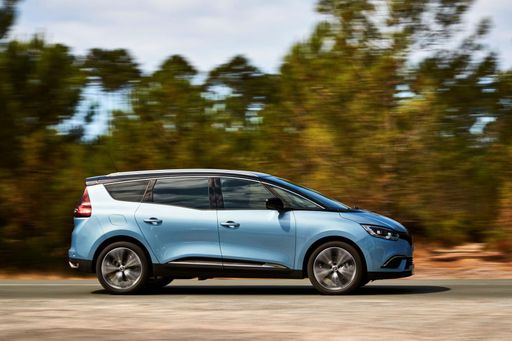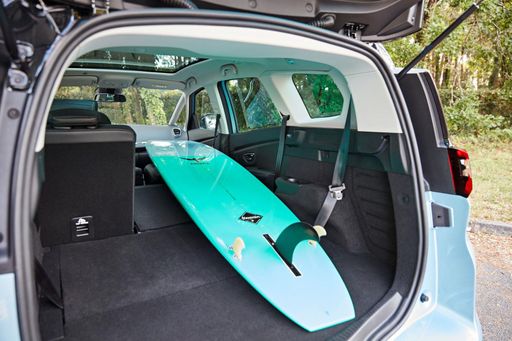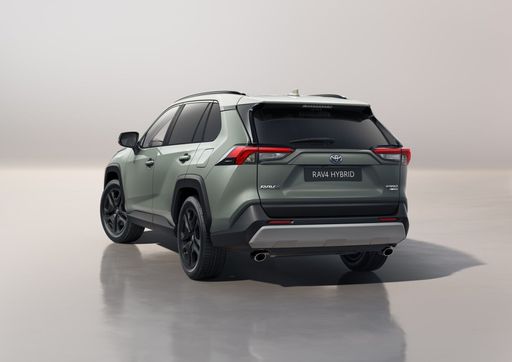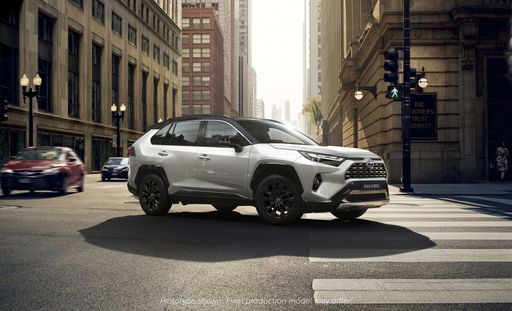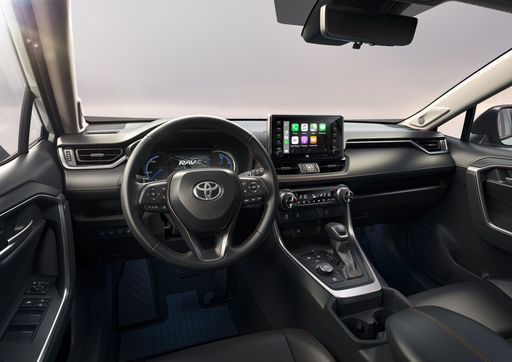A Battle of the SUVs: Renault Scénic vs. Toyota RAV4
In the ever-evolving world of automotive excellence, the SUV segment remains fiercely competitive. Today, we dive into a comparison of two standout models, the fully electric Renault Scénic and the hybrid-powered Toyota RAV4. Both cars bring their unique set of features, appealing to various driving preferences and needs.
Design and Dimensions
The Renault Scénic, a renowned name in the compact SUV category, has transitioned into an eco-friendly vehicle with electric credentials for 2024. Measuring 4470 mm in length, 1864 mm in width, and 1571 mm in height, it offers a sleek and modern design that's perfect for city driving.
On the other hand, the Toyota RAV4 remains a stalwart in the hybrid SUV market. Its slightly larger frame, measuring 4600 mm in length, caters to those needing a bit more room without compromising on style. With its body type remaining an SUV, the RAV4 maintains its robust appearance, ideal for both urban and rugged terrains.
Performance and Power
Under the hood, the Renault Scénic offers two electric engine options with outputs of 170 HP and 220 HP, translating to 125 kW and 160 kW, respectively. Its front-wheel-drive system efficiently channels power to achieve a smooth acceleration, reaching 0-100 km/h in 8.6 to 7.9 seconds, depending on the power unit.
The Toyota RAV4, available in both full hybrid and plug-in hybrid configurations, delivers power ranging from 218 HP to a robust 306 HP, with the latter offering a particularly spirited drive. The RAV4 accelerates from 0-100 km/h in as swift as 6 seconds, powered by a combination of internal combustion and electric capabilities.
Environmental Impact and Efficiency
Renault’s commitment to sustainability is evident in the Scénic’s zero-emission profile, earning it a commendable CO2 efficiency class of A. Its electric consumption lies between 16.7 and 17.6 kWh/100km, offering a remarkable electric range of 420 to 598 km on a single charge.
Meanwhile, the RAV4 combines its gasoline and electrical prowess to offer a balanced eco-footprint. The plug-in hybrid variant shines with a minimal consumption of 1 L/100km and achieves a CO2 output as low as 22 g/km. Yet, some versions still carry a higher CO2 class of D and B, reminding us of the blend it offers between tradition and innovation.
Practicality and Interior Space
Both models cater to families with five-seat configurations and five-door accessibility. The Renault Scénic provides a generous trunk capacity of 545 L, making it an excellent choice for those frequent family getaways. Its overall curb weight ranges from 1822 to 1927 kg, ensuring a stable and secure ride.
The RAV4 excels in trunk space with options offering up to 580 L, slightly edging out the Scénic. This makes the RAV4 an attractive option for those who frequently require additional cargo space without downsizing passenger comfort. The weight of the RAV4 varies from 1745 kg to 1910 kg, reflecting its versatile design specifications.
Conclusion: Which SUV Suits You?
The decision between the Renault Scénic and the Toyota RAV4 is influenced by personal priorities. For individuals focused on eco-friendliness and extended electric range, the Scénic stands out as a frontrunner. In contrast, those seeking a hybrid with a mix of traditional energy and modern efficiency might gravitate towards the versatile RAV4.
Both vehicles reflect their brand's commitment to innovation and sustainability, each excelling in different areas. The choice ultimately rests on whether one's priority is a pure electric experience or a hybrid balance of performance and environment-conscious driving.

